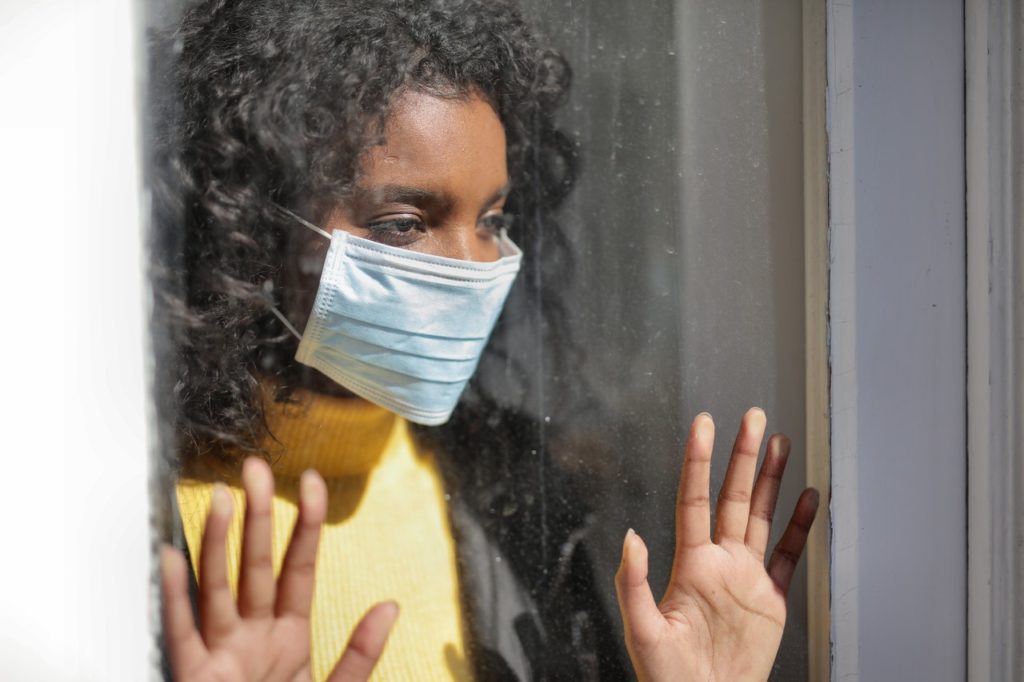To most people, COVID-19 will present itself as an annoying dry cough or muscle pain. Although many patients who are infected with the virus end up in the ICU, the majority will only experience mild symptoms. Many will not even have a symptom at all.
However, even if a person has fought the disease and won, there is growing evidence that the impact of the highly infectious and deadly virus lingers for weeks or months. Even those who were spared from more serious symptoms reported feeling unwell long after they tested positive.
These people call themselves “long haulers.” The condition of feeling the symptoms of the illness after the initial recovery has been dubbed “long COVID-19” or simply “long COVID.”
What Does Long COVID Look Like?
COVID-19 is still very new in the medical world a year after it was discovered to be spreading in Wuhan, China. Scientists are still trying to figure it out.
That said, there is no official list of symptoms of long COVID. The majority of the available information on the internet is mostly from the first-hand experience of patients who still suffer from symptoms long after the virus left their systems.
Although older people are more likely to report lingering effects of COVID-19, young people experience it, too.
The common symptoms of long COVID include persistent coughing, chest pain, shortness of breath, joint pain, and fatigue. However, many people also reported headaches and brain fog, concentration and sleeping problems, rapid heartbeat, skin rash, hair loss, and loss of smell and taste. In a few patients, damage to the heart, lungs, kidneys, and gut was also observed after they caught COVID-19.
Recovering from Long COVID: Can Physiotherapists Help?
Because not much is known about the condition yet, no one knows how to end it, either. There have been some breakthroughs, however.
Some patients have been reporting improvement through physiotherapy. In a well-equipped physiotherapy clinic, a professional helps restore the regular movement and function of a patient who has an injury, disability, or illness. They develop a tailored exercise or physical activity that will address the problem.
In the case of patients who survived COVID-19 and are now suffering from long COVID, a physiotherapist can offer relief from issues with breathing. A common symptom of the illness is shortness of breath. To some, the sensation of breathlessness or air hunger persists.
A physiotherapist can create exercises to retrain the lungs and strengthen the respiratory system. Even those who have been intubated because of the illness can breathe normally again, allowing them to go back to their regular habits and routines.
Start Exercising Again, But Do Not Push Yourself
With no effective treatment for COVID-19 or long COVID, patients can only address the symptoms they feel. Malaise is a common lingering after-effect of the infection, and experts agree that patients who feel unwell should start incorporating physical activity back into their daily schedules.
However, start slowly and listen to your own body. Do not push yourself when you feel exhausted or in pain. Those who have difficulty breathing should be especially vigilant about how their body is responding to the activity.
So, for example, if you run 10 kilometers on weekends, it would be wise to cut back. Just jog around your block in the meantime until you have rebuilt your resistance and stamina.
Experts recommend yoga, a workout that focuses on controlled breathing.

If You are Exhausted, Rest
Many people feel fatigued as if they do not get enough rest. It can be debilitating because it prevents a person from doing the things they need to do, such as cooking, childcare, or their work.
Fatigue is common after a viral infection. Scientists are still unsure why it happens, but some theories suggest that it could be a response to increased levels of pro-inflammatory cytokines or a sign that the virus has remained latent in the body.
Fatigue might also be a sign that you are not getting enough sleep. Being at home, where the day has no structure, can disrupt the body’s circadian rhythm. The use of devices that emit blue light such as smartphones, laptops, and television screens can also keep you awake at night.
To address fatigue, you must sleep. Put the phone down and do some other things such as reading or meditating.
COVID-19 is still a mystery, and it will be a long time before scientists figure it out completely. Those who have long COVID will have to wait to have their questions answered. The only thing they can do right now is to take care of themselves until they recover fully.

